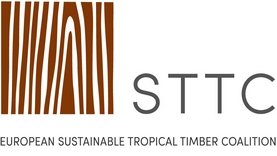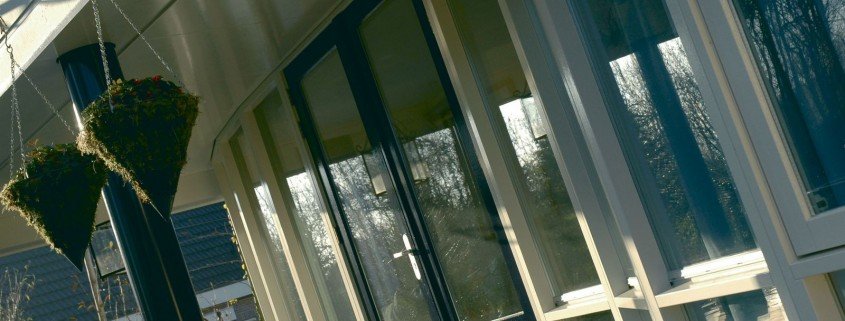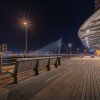Life cycle analysis opens up wood windows’ eco-benefits
Wood windows came out clear environmental cost winners in new research conducted in the Netherlands. The life cycle analysis (LCA) project, co-funded by the Sustainable Tropical Timber Coalition (STTC), compared the performance of sustainably sourced wood frame types against man-made material competition, including pvc and aluminium. It shows the best performing timber outscoring the worst synthetic material composite by a factor of 16.
The research was initiated by STTC members the Netherlands Timber Trade Association (VVNH) and Dutch Woodworking Industry Association (NBvT) and was coordinated by VVNH Project Manager Eric de Munck. He said the findings could prove increasingly significant for timber window market share.
“Previously energy or carbon content and energy efficiency were key indicators for building sustainability,” he said. “Now it’s a more holistic calculation. The entire building, including materials, is taken into account and sustainable construction procurement is defined more widely.”
Besides material, the study takes into account design, looking at main European frame types: fixed frame, out-turning and and tilt and turn. All were tested in five sustainably sourced wood types; European softwood and hardwood and Asian, South American and African hardwoods.
The results showed wood easily outscoring competing materials. The Environmental Cost Indicator (ECI) for European softwood was €0.55 per m2 of frame and €1.23 for tropical timber. The nearest man-made rival was VMRG steel at €1.58, with recycled pvc at €2.61, coated aluminium €4.52 and steel-cored pvc €7.96.
Dutch building regulations demand such calculations in assessing materials environmental performance, but, according to NBvT training, sustainability and innovation advisor Monique Fledderman, the rules are not enforced. “But that will change and specifiers will have to evaluate which building products and elements, like window frames, must be selected to achieve high overall environmental performance.”
Until now, said Mr de Munck, while many construction companies and their clients have wanted to build sustainably and select materials with lowest impact, it’s been difficult due to lack of data to make comparisons. Studies like the new LCA study will fill the knowledge gap, with its simple single point ECI values. “ And it underlines that sustainable wood products are the most responsible choice you can make,” he said.
Environmental Cost Indicator per m2 window frame (excluding set frame and glazing)
| Environmental Cost Indicator | MKI |
| Material | Window frame |
| European Softwood (like spruce, fir, douglas, larch) | € 0,55 |
| Asian hardwood (Meranti) | € 1,22 |
| South American hardwood (Sapupira) | € 1,23 |
| African hardwood (Mahogany) | € 1,34 |
| European hardwood | € 0,49 |
| Modified wood (Accoya) not available yet | To be published |
| PVC, recycled | € 2,61 |
| PVC with steel core | € 7,96 |
| Aluminium set (recycled), anodized | € 2,42 |
| Aluminium set, anodized | € 2,80 |
| Aluminium set (recycled), coated | € 3,46 |
| Aluminium set, coated | € 4,52 |
| VMRG Steel Window frame | € 1,58 |
ECIs presented in bold are based on verified data, others
on non-verified data. All data is available in the Dutch National
Environmental Database (NMD).
Original text: Marijke Popma(FAAM) – edited by Eric D. de Munck (Centrum Hout)



